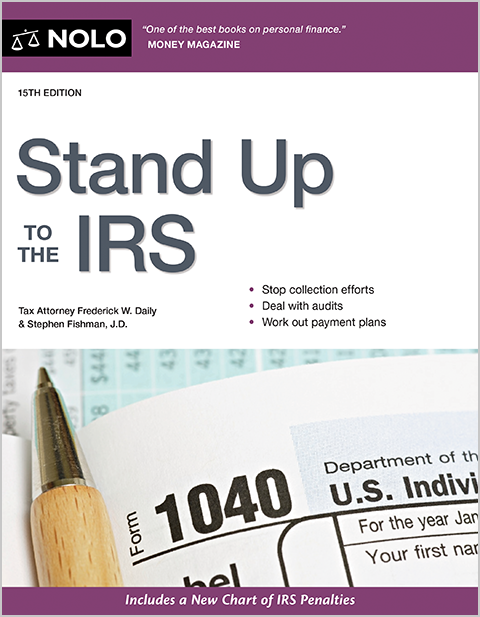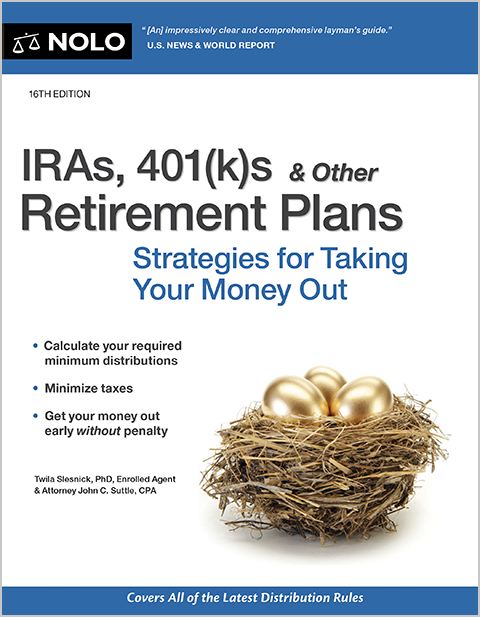Find out what deductions you can take as an artist.
If you're a professional artist, you can take various deductions to reduce your taxable income for the year and thereby reduce your taxes. Such deductions are quite valuable.
For example, if you're in the 22% tax bracket, each $100 in deductions saves you $22 in income tax. It will also usually save you about $15 in self-employment taxes as well.
What Expenses Are Tax Deductible for Artists?
Professional artists are usually independent contractors, not employees. A self-employed artist may deduct any expense that is:
- directly related to the art activity
- ordinary and necessary, and
- not lavish or extravagant under the circumstances.
Common Tax Deductions for Artists
Common deductions by artists include the following.
Business Travel
Artists often travel out of town, or even out of the country, to work or show their art. You may deduct all reasonable expenses you incur when doing so. These expenses include airfare or other transportation costs and hotel or other lodging expenses.
But, you may only deduct 50% of the cost of meals when you travel for your art business. If you plan things right, you can even mix pleasure and business and still get a deduction.
Local Travel Expenses
Local travel may include trips to galleries, art classes, or to pick up supplies. You may deduct trips by car or public transportation. If you like recordkeeping, you can keep track of all your car expenses to figure out your annual deduction.
But if you'd rather not keep track of how much you spend for gas, oil, repairs, car washes, and so forth, you can use the standard mileage rate. When you use the standard rate, you only need to keep track of how many miles you drive for business, not how much you spend on your car.
Agent Fees
If you have an agent, you may deduct all the fees they charge.
Studio Expenses
If you have an art studio in your home you use exclusively for your art business, you might be able to deduct the cost using the home office deduction.
This deduction is particularly valuable if you are a renter because it enables you to deduct a portion of your monthly rent, a sizeable expense that is ordinarily not deductible. The rent and utilities paid for an outside studio are fully deductible business expenses.
Art Gallery Rents
Art gallery rents or membership costs are fully deductible.
Long-Term Property
Professional artists often purchase tangible personal property that lasts for more than one year, such as computers, presses, cameras and video equipment, welding equipment, cell phones, and art books. The cost of such property can usually be deducted using bonus depreciation, Section 179 expensing, regular depreciation, or the de minimis safe harbor (applicable to property that costs $2,500 or less).
Supplies
Supplies are items you purchase for your art business that you use up in less than one year. Of course, these include all your studio supplies. They also include things like stationery and postage.
Art Supplies
A professional artist is in the business of selling art. The artwork is inventory, just like a bookstore's books are inventory.
You deduct the cost of creating your artwork—such as the cost of canvas, paints, and frames—only for the artwork you sell during the year. These expenses are part of an artist's "cost of goods sold." Any remaining unsold artwork is inventory whose cost can't be deducted.
Dues
Dues you pay to belong to professional artist societies or other organizations for artists are deductible.
Fees
Fees to enter juried shows are deductible.
Education
Art classes and lessons are deductible.
Promotional Expenses
Virtually everything you spend money on to promote yourself as an artist is deductible, including advertising and listings in art publications, photos, brochures, videos, and websites (including internet connection costs).
Subscriptions
You can deduct the cost of art magazines, journals, newsletters, and other subscriptions useful for your art business.
Legal and Professional Services
You can deduct fees you pay to attorneys, accountants, consultants, and other professionals if the fees are paid for work related to your art business.
Insurance
Self-employed people, including artists, are also allowed to deduct 100% of their health insurance premiums from their income taxes. In addition, If you have a home office, you may deduct a portion of your homeowner's insurance.
Meals
To deduct the cost of a meal in a restaurant, you must have a serious business discussion before, during, or soon after the event. Moreover, you may only deduct 50% of your business meal as costs.
So, for example, you can deduct 50% of the cost of a meal you have with a gallery owner to discuss displaying your work. As of 2018, you may not deduct entertainment expenses—for example, treating an art critic to theater tickets.
Pass-Through Deduction
The vast majority of professional artists operate as pass-through businesses. A "pass-through" business is any business in which the profits are taxed on the owner's individual tax return at his or her individual tax rates. Most artists are sole proprietors (a one-owner business in which the owner personally owns all the business assets); a few have formed limited liability companies, S corporations, or are members of partnerships. All such artists are operating pass-through businesses.
The Tax Cuts and Jobs Act established a brand new deduction that allows owners of pass-through businesses, including artists, to deduct an amount equal to up to 20% of their net income from the business. This deduction is in addition to all their other art business deductions. The pass-through deduction is a personal deduction pass-through owners can take on their returns whether or not they itemize. For example, if you earn $50,000 in profit from your art business and qualify for the pass-through deduction, you may deduct $10,000.
However, you're entitled to the full 20% pass-through deduction only if your taxable income from all sources after deductions is less than a certain limit, which changes annually. The deduction is phased out if your income exceeds the limit.
This deduction began on January 1, 2018 and is scheduled to last through December 31, 2025.
Talk to a Tax Pro
If you need tax help, talk to a tax professional, such as a certified public accountant or a tax attorney. A tax professional can prepare tax returns or provide tax information, guidance, or representation before the IRS.
Talk to a Tax Attorney
Need a lawyer? Start here.
How it Works
- Briefly tell us about your case
- Provide your contact information
- Choose attorneys to contact you
- Briefly tell us about your case
- Provide your contact information
- Choose attorneys to contact you

